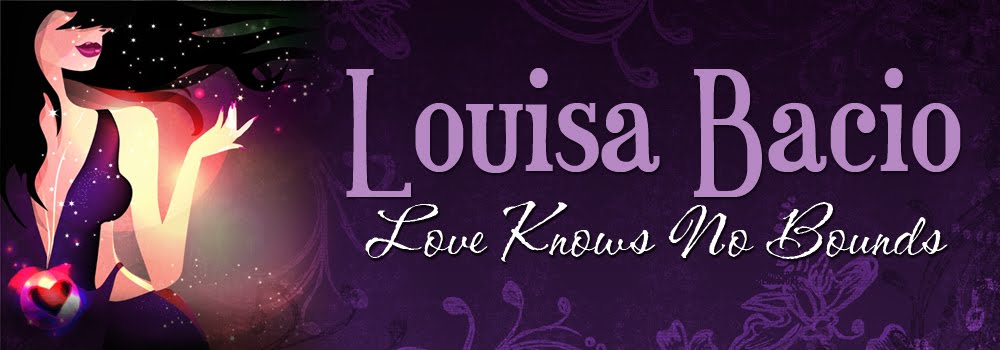I swear it’s not
my fault. Despite writing erotic romance, I try to keep a cement
fence up when it comes to teaching journalism.
With nonfiction
writing, it’s about the truth. It’s not fiction,
and we all know what is read in romance novels doesn’t happen in an author’s
real life, right? Of course not.
Anyway, this
semester I’ve taken a new job – temporary, part-time adviser for a community
college newspaper. In one regular feature, a reporter follows a student out to
the parking lot (I know = creepy!), and writes a short article. A picture is
taken of the student’s bumper and the newspaper blurs out the license plate.
The subject
highlighted in the first issue? *Slaps forehead* Well, let’s say the writer
found an extremely interesting woman, and she’s going to be hard to beat.
Now, a little
backstory. Usually, newspaper advisers are extremely hands off. They don’t
assign stories, or edit them or do the layouts. If there is a problem or a
question about a story, the students consult an adviser. Since this staff is
small, the position is much more interactive. Further, at the start of the year
no editors had been appointed.
Here’s the
paragraph that, ahem, caught my eye:
“[She]
identifies herself as pansexual, or someone who is open to members of all
sexual orientations and gender identities. Although she said that she is more
of an ‘ass man’ than a ‘boob man.’”
Hmmm, do we want
to be saying someone is an “ass man” or “boob man” in our very first issue? The
journalist side says, “may be offensive.” The romance author? That’s
interesting and unique = go for it!
Really, the
decision should not be up to me. If I said, “remove it,” then it crosses the
line to censorship. On consultation, I was told that each semester varies,
depending upon the tone set by the staff. They’ve been conservative, and
they’ve run the “F-word,” pictures of women in thongs and even covered a sex-ed
workshop with pictures of “dildos” in the background.
At least, I
suggested, let’s put those quote marks around the terms if it’s something she
actually said.
See how my
worlds are colliding? Isn’t it funny that was the ONE person the reporter found
to interview?
So tell me, did
we make the right call? Would you have let it through the press?
Until next time,
Louisa Bacio

I think you made the right call. It's a fine line, isn't it. I'm sure there'll be many more interesting scenarios to come. Good luck. :)
ReplyDeleteSuch a fine line! And administration at some schools can be very conservative. I don't want a connection to ... what does she write, and look what they're printing! But, it's a quote!
DeleteThanks for stopping by.
Well, it's a college newspaper. We're talking adults here. And it's a great topic to "sell" papers, eh?
ReplyDeleteThat said, my first concern was the interviewee's privacy. Would want to be VERY sure consent was formally and legally obtained for any image and quotations. Frankly, I've been misquoted by newspapers more than once, and I'm loathe to approve anything I don't see final copy for anymore.
And I guess I'll toss in one final note: I don't see journalism as "truth." I see journalism as -invested- in "truth" but often resting in Stephen Colbert's concept of "truthiness" -- what sells papers or keeps readers from turning away. It's not usually intentional fiction, but there are many paths to many truths and many stories go untold, making those that are told a limited and limiting portrait of the world.
And with that I'll step off the soapbox and congratulate you on an interesting blog post!
Oh we are in total agreement here, on truth vs. non-truth or fiction. I always say that there is neither true. So much fiction is based upon what we know as reality, and non-fiction is an interpretation of events. Have five people describe the same thing and what happens?
DeleteAnd perhaps, this subject gave elaborate quotes on purpose, in order to get in the paper!
Thanks for visiting Salome!